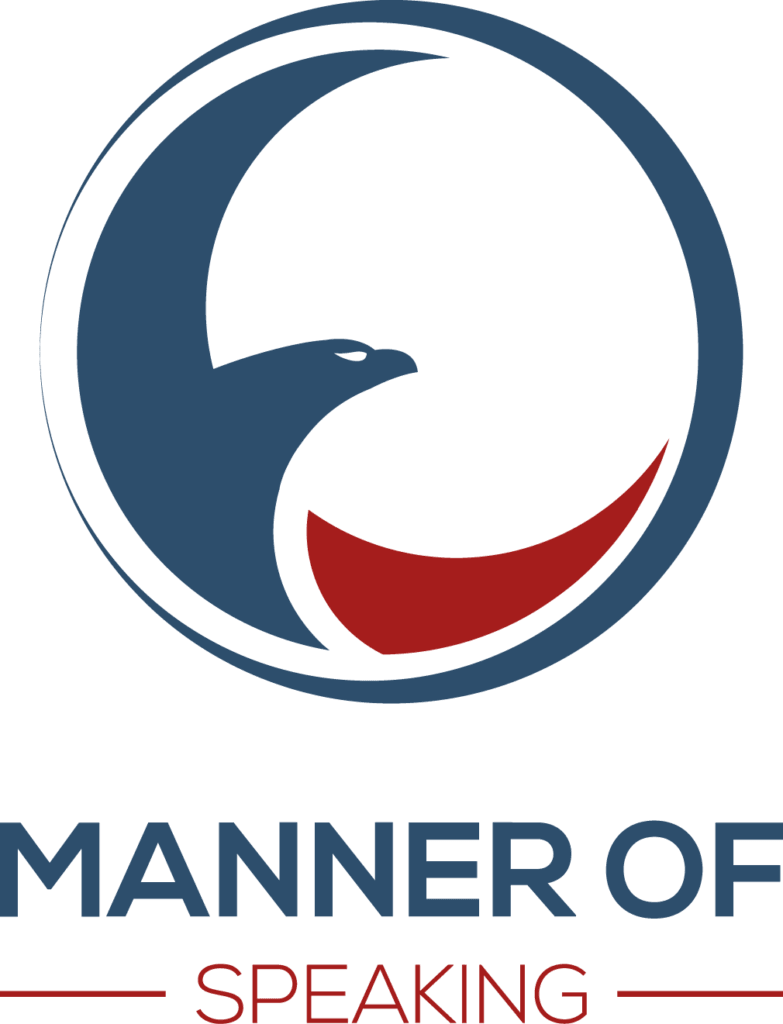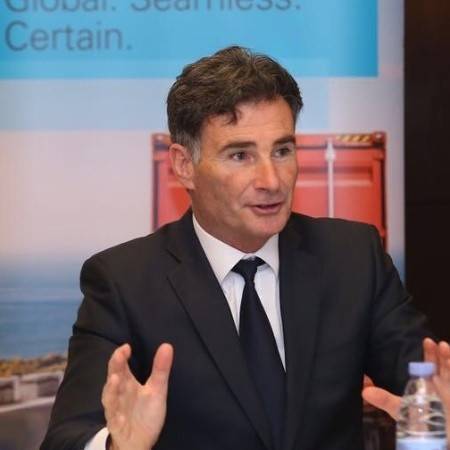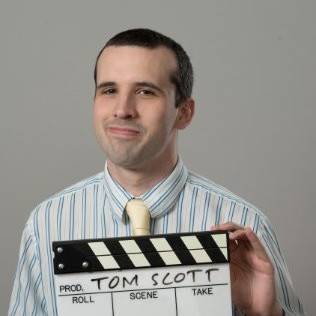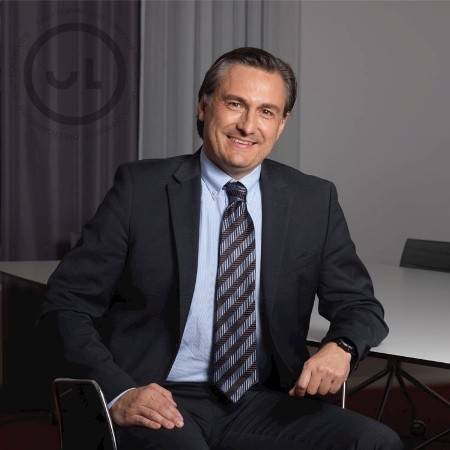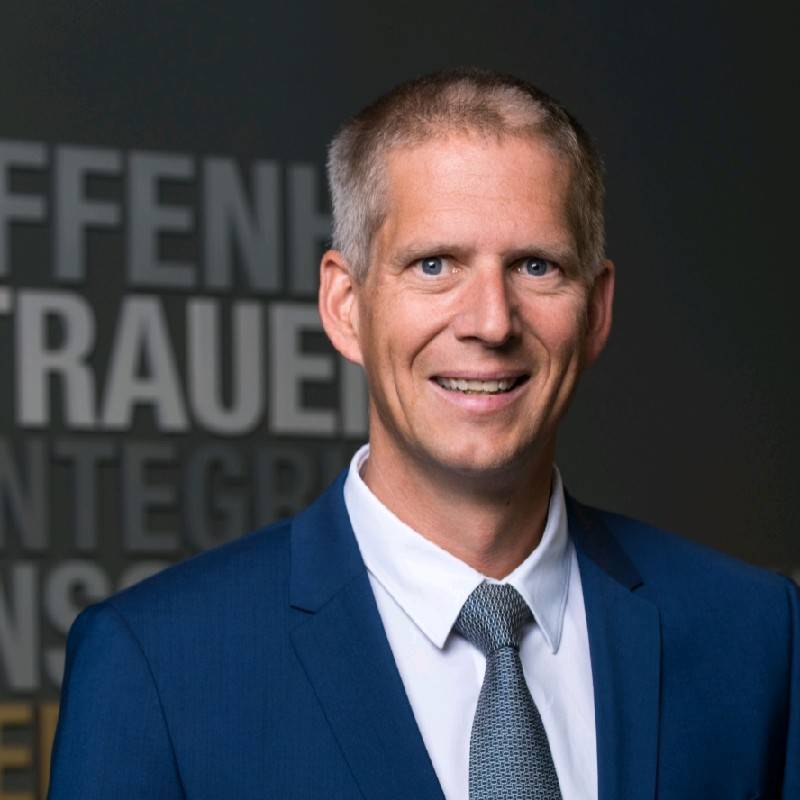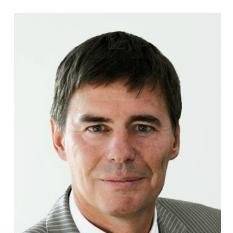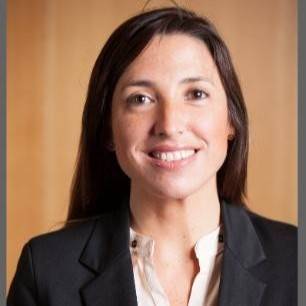
This is a guest post by Stephen Welch, and the follow up to his post entitled Breaking the Pattern. You can read that post here. Stephen is an expert in communication, HR and professional change. Stephen is the Director and Co-founder of Archetypical Ltd, the company behind Corporate Snakes and Career Ladders, a new approach to learning through play. He is also a visiting lecturer at the University of London. You can find Stephen’s LinkedIn profile here.
———
Recently I wrote about “breaking the pattern and using inspiration from musicians. Today we’re going to talk about “making the pattern” using inspiration from magicians. Public speakers can learn a trick or two from magicians!
(Before I start, time to acknowledge a debt. Lots of this content was inspired by Nick Fitzherbert, author of Presentation Magic. He was a PR professional, a presentation skills coach and a member of the Magic Circle, the most famous society of magicians in the world.)
Let’s set the scene.
You are presenting to an audience. You have one simple goal: get information which is in your brain into the brains of the audience members. So that they feel, think, or do something differently. Your success as a presenter can only be measured according to your ability to change people’s minds, give them new information, or get them to act in a different way.
This post will not teach you any magic tricks … or will it? Either way, you will learn some of key principles of magic and how to apply them in your presentations. Just like magicians do.
We’re going to cover three key themes:
- Relevance
- Proximity
- Focus
Relevance
You want your audience to feel, think or do something differently. But why should they? Your job is to make your content relevant to them. What is the overlap between what you want to say and what they want to hear? Magicians know how to do this by bringing the audience “into” their act. You want to know what is going to happen. How is she going to saw the man in half?
As a presenter, you need to: define the key points for your audience (no more than three, please!); personalise your message (use the word you a lot); and give them a clear reason to listen. Many years ago, I was taught the WHY approach to crafting communication:
W – What this is about?
H – Hooks. Why should they listen? What’s in it for them?
Y – Your aim. The goal or purpose of the communication.
Secret 1: I tried to make this relevant to you by giving you a clear reason to read at the beginning. The fact that you are still reading tells me that I’ve done my job.
Proximity
“The framework for any communication is determined by the expectations and perceptions you trigger.” (Rule of Magic #1 from Nick’s book).
The classic trick here is to ask people to select a card, any card, from the standard playing card deck of 52. The moment you say “deck of cards” people make some assumptions: 52 cards, 4 suits, 13 cards in a suit, etc. But let’s picture a magician. Go on, do it, take a moment to picture a magician …
The magician I have in mind, well, she has some knavery up her sleeve. Our knavess purchased 52 identical decks of cards and made up a new one with 51 knaves (also known as Jacks) of hearts, and the three of clubs (at the bottom of the deck to convince you it is real). That way, she automatically knows that you will pick the ‘right’ card. Of course there is always the opportunity of being unscrupulous, as this James Bond video demonstrates.
For presenters, this means exploring the liminal zone. You need to operate the edge of people’s experience. Start on familiar ground, then go on a journey together to explore new territories. Communication can only register effectively when it builds on what the audience already knows (Rule of Magic #3). The liminal zone is where real learning happens. By starting on common territory for them you will get them in a positive frame of mind (saying, “yes, yes, yes” to each of your points – James Bond got Solitaire to agree with the power of the cards before his trick); then you can move them into unfamiliar territory.
Secret 2: I started you on familiar ground with the desk of cards analogy and then we drifted into 1970s James Bond and Tarot cards; which I bet you weren’t expecting. Also, was the magician you pictured male or female? I bet it was male, even thought I primed you in the first paragraph of the section on relevance above.
Focus
Our next key principle is the “single point of focus” concept (Rule of Magic #5).
Magicians are great at providing a single point of focus—drawing your eye to one place, and one place only. This is so magicians can do some sleight of hand elsewhere! As presenters, we’re not going to do that, but we are going to make sure that your eyes (and therefore your brain) are focused on what we want you to focus on.
Here are three practical tips to achieve that:
- Decide in advance if you want your audience to be looking at you, or your slides. Then structure your presentation accordingly. Don’t let your slides compete for attention with you.
- If presenting at a table, make sure you sit with the screen behind you so that your audience can look at you and the screen at the same time. (And don’t look at the screen while you are presenting!)
- When using props, hold them up to your head, so that people can look at your talking face and the prop at the same time and don’t have to swivel back and forth.
A subset of this idea is the concept of linearity: by presenting things in a linear and logical order you will be more likely to get people to do what you need them to. This not only means no dead ends or side channels, but also controlling the flow of information so that your audience can’t skip ahead and get to the punchline early.
An easy way to wreck linearity is to put a slide up on the screen and then proceed to talk through it. An easy way to achieve linearity is to give your audience’s brains only one thing to deal with at a time. One key concept per slide, or use builds for your bullet points, or shut up and let the audience process your slides while you remain quiet. Otherwise, you risk parallel tracks: while you are talking about point 2, they are still thinking about and processing point 1. Or, they are reading point 3 while you are still talking about point 1.
Secret 3: Give your audience one thing to focus on at a time.
Other tricks up my sleeve
Of course, there is a lot more about creating magic in presentations.
Three of my favourite “tricks” are as follows:
- When using a flipchart, make some tiny pencil notes in a corner to remind you of what to say. Your seamless talk will then seem like “magic”.
- Props or mock-ups. These can be a very powerful way of surprising and delighting your audience. This works especially well if you can tailor the prop or mock-up to your audience; bringing it to life in a “magical” way and making it relevant to them. And of course, when holding the prop or distributing the mock-ups, be sure to provide your audience with a single point of focus.
- And finally, “the power of three”. This is a well-known rhetorical device and you will find it in almost every great speech, presentation, and sometimes even writing.
Finally, did you notice how I started with familiar ideas (deck of cards) and then moved you into surprises (a female magician)? Did you notice how I used contrast (“breaking the pattern … making the pattern”; “An easy way to wreck linearity … An easy way to achieve linearity…”; general concepts with practical ideas). And really, truly, finally, how many times did I user the power of three in this article?
Answer: 13. Did you find them all?


